Delaware Prosperity Partnership

August 13, 2019
Governor Signs Road Investment Fund Legislation

August 5, 2019
Agribusiness Thrives in Delaware

July 9, 2019
25 Opportunity Zones Ready for Development

June 25, 2019
Delaware’s Fintech Boom is Already Here

June 25, 2019
Are these Banking, Tech, or Fintech Jobs? Does it Matter?
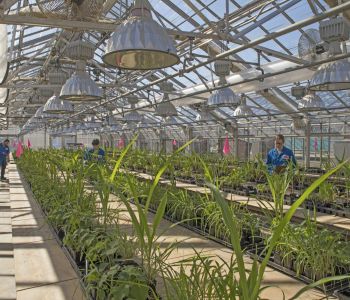
June 25, 2019
FMC Announces $50 Million Investment in Newark Facility
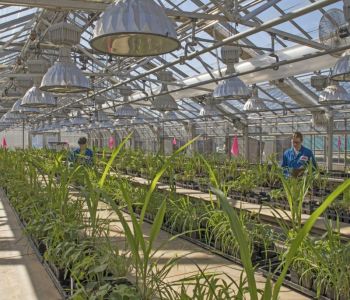
June 24, 2019
FMC Corporation Plans $50 Million Investment in Global Research and Development Headquarters in Newark, Delaware
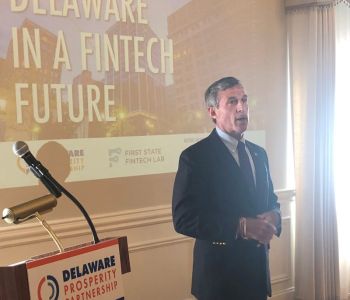
June 13, 2019
Fintech Growing Strong in Delaware
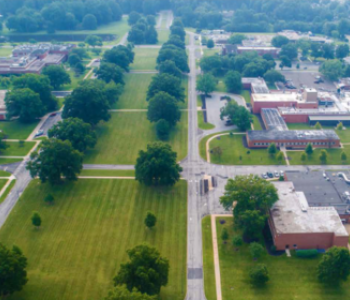
June 11, 2019
Premier Research Campus Available

June 10, 2019
Delaware: Where the World Chooses to do Business

June 6, 2019
Delaware’s First Restaurant Apprentice Program Set to Launch in Rehoboth
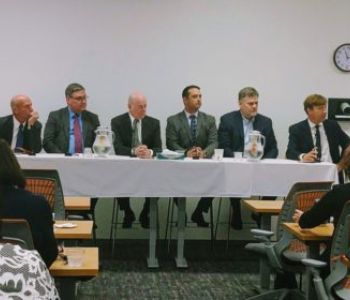
June 4, 2019
Biotech Leaders Answer the Question “Why Delaware?”























